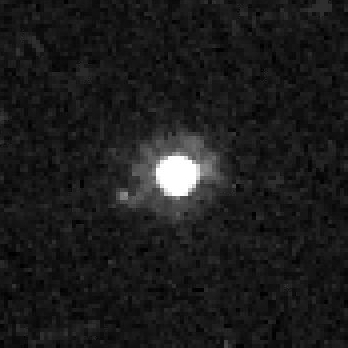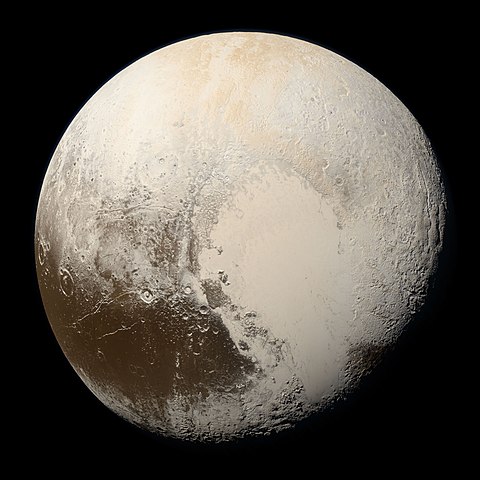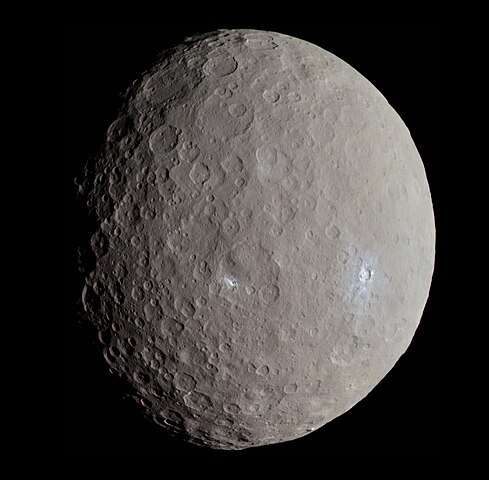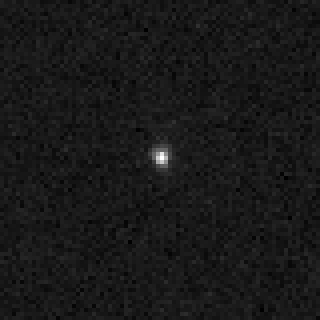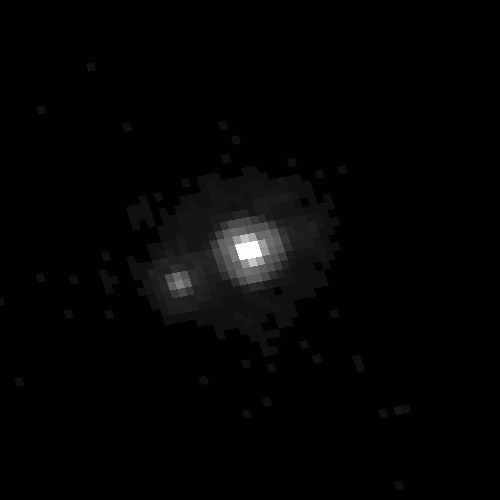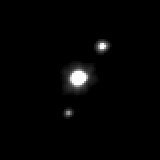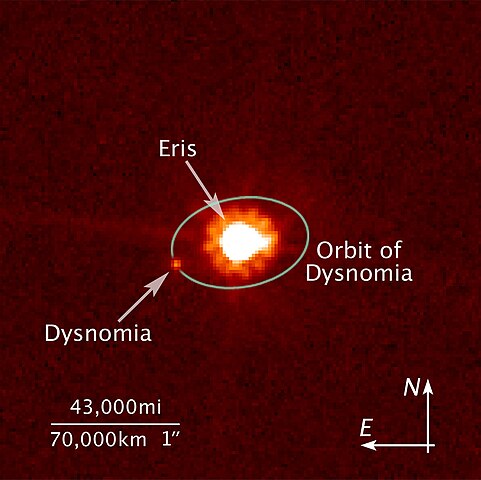1 day / second
0.5 AU
50000 Quaoar
Dwarf Planet
A relatively large trans-Neptunian dwarf planet discovered in 2002, located in the Kuiper Belt about 43 AU from the Sun, with a small moon named Weywot and a surprising dense ring system discovered in 2023.
Key Facts
orbital regime | Kuiper Belt |
learn more | Wikipedia |
mass | 1.2000e+21 kg |
radius | 545 km |
hill radius | 0.025 AU |
semi-major axis | 43.694 AU |
eccentricity | 0.041 |
inclination | 7.99º |
longitude of the ascending node | 188.927º |
argument of periapsis | 147.48º |
orbital period | 288.823 years |
surface gravity | 0.027 g |
discovery date | June 4, 2002 |
discovered by | Michael E. Brown and Chadwick Trujillo at Palomar Mountain Observatory |
name origins | Named after Chinigchinix, a creation deity of the Tongva Native American people |
dimensions | Radius of approximately 535-543 kilometers |
albedo | 0.124 |
material composition | Trans-Neptunian object with water ice presence |
density | 2.2 g/cm³ |
Other Dwarf Planets
Pluto
Ceres
Sedna
Orcus
Haumea
Eris
